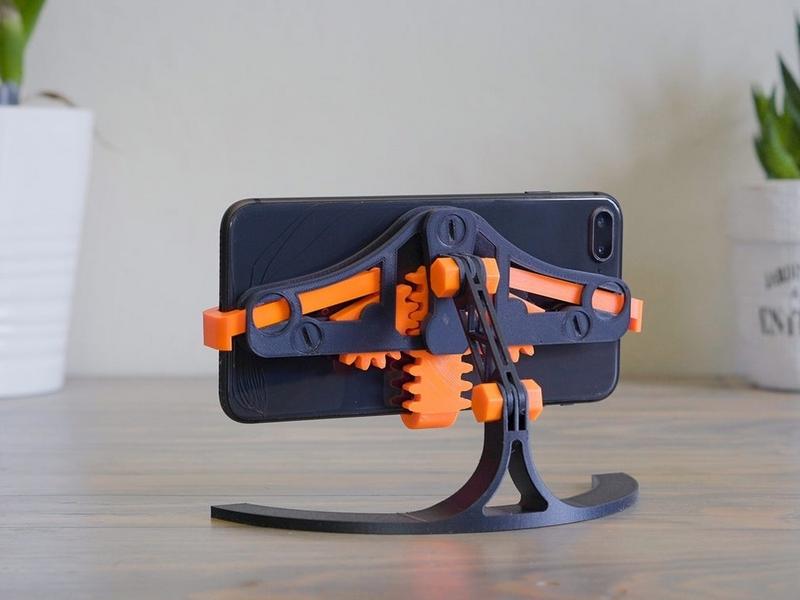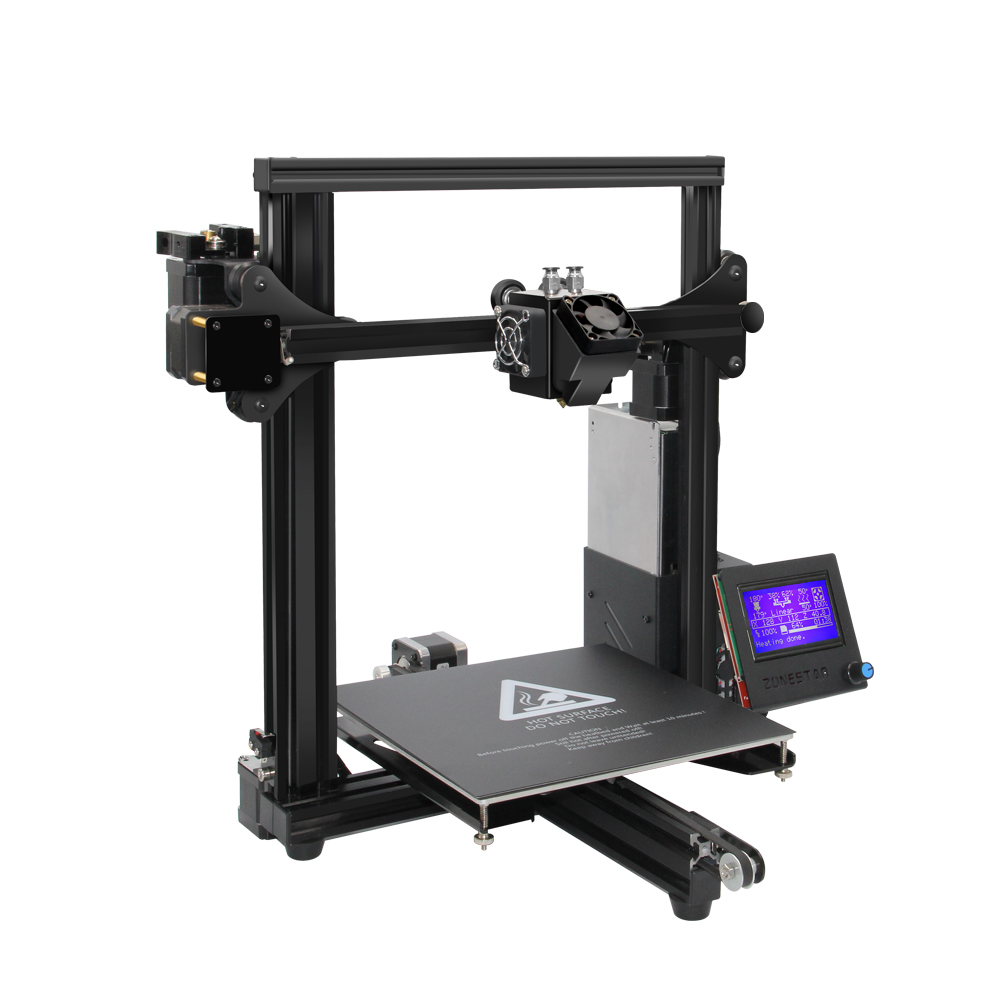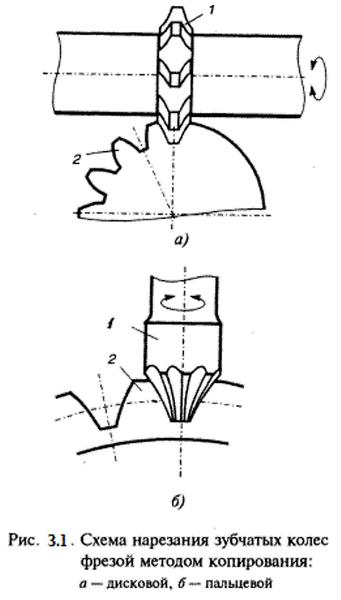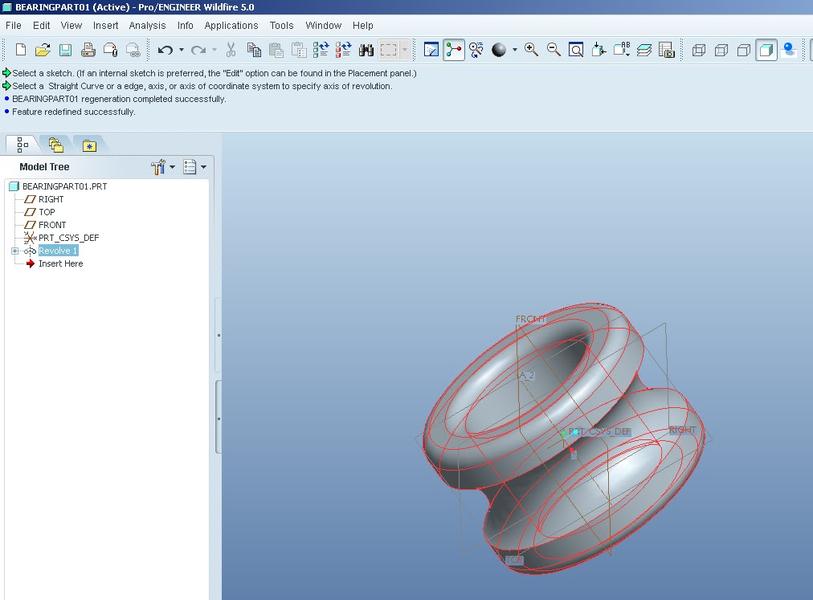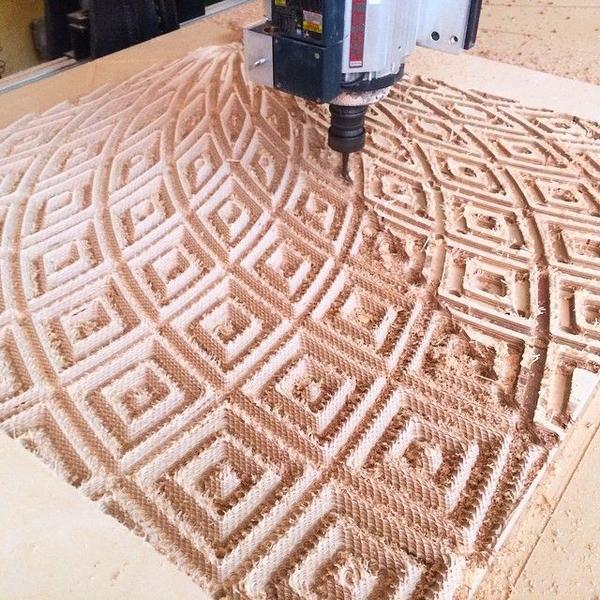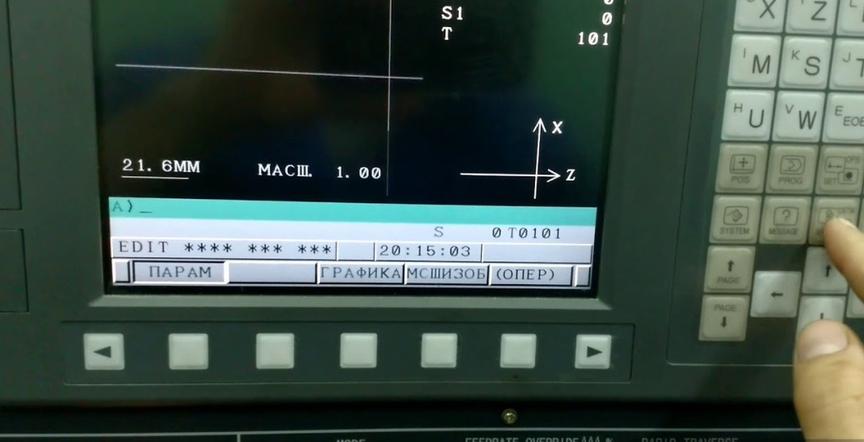Phone holder on a 3D printer: choosing a model and materials for printing, typical printing mistakes.
Users of smartphones often try to position their mobile device so that it is convenient for them to use: watch movies, take photos, communicate via video calls. Holders and tripods for smartphones are widely available for purchase, but they are mass-produced models. If you want a holder that no one else has, you need to print it on a 3D printer.
Printing a phone stand on a 3D printer
You can print stands and tripods for a mobile phone on a 3D printer. Such products will not only serve a utilitarian function, but will also be a unique interior decoration. The main thing is to be patient, choose the appropriate design, create a digital model or download it from the Internet and send it for printing. This article will explain which filament is suitable for the work and how to avoid common mistakes.
Which model to choose?
The choice of model is determined by the purpose of use:
- If the phone is needed for making calls and video calls, but the hands are busy with some work. In such cases, the mobile device is installed vertically, and the stand is a simple construction, resembling a case with a support.
- The screen is used for viewing video content. For convenience, the phone is placed horizontally. Such a tripod structurally repeats the previous model, but is oriented in a horizontal position.
- If periodic adjustment of the display position is required, the stand provides for a swivel mechanism of the console.
Important! If the holder will be used as a tripod, ensuring the stability of the phone during shooting, this design will be the most optimal. Changing the position of the smartphone camera will be very convenient.
- The phone holder will be used as a design element of the interior. Such stands can be the most unusual: in the form of fantastic animals, retro phone cases, surrealistic objects, flower buds - anything that the wild imagination of the smartphone owner suggests.
The most difficult to print are models with an adjustable console. This is a multi-part object, for its creation, several parts are printed and then assembled together.
Which material to choose?
For printing a smartphone holder on a 3D printer, PLA, PETG, ABS, Nylon are suitable. Models with a large number of small elements are preferable to print with PLA - this material provides the best detail. In terms of the quality of the volumetric objects obtained, it is not inferior to PETG. Both plastics do not require special printer settings, and the parts made from them are of the specified accuracy.
Important! When printing assembled models, it is necessary to maintain the dimensions of individual elements. Otherwise, without mechanical processing, it will not be possible to assemble the stand so that the swivel mechanisms work properly.
Decorative holders can be printed with ABS plastic. Post-processing of the model in an acetone bath will give a lacquered effect, and solvent vapors will increase the adhesion of layers.
Nylon is a capricious material. High shrinkage and high extrusion temperature scare users of 3D printers, especially among beginners. But the products from it are extremely durable, and the thin walls remain flexible. In addition, nylon shows a minimum coefficient of friction, which means all parts of the adjustable consoles will rotate easily, and their wear will be minimal.
How to print a tripod or holder for the phone?
The easiest way is to choose a ready-made 3D model and download an STL file from the Internet. If you have skills in working with programs to create digital spatial objects, you can create a stand from scratch: come up with a design, calculate the dimensions, prepare the file in the necessary format.
The next steps will be the same for both the downloaded model and the one created from scratch:
- The object is sent to a slicing program.
Attention! Depending on the material for printing, settings are set, in particular scaling the model with the calculation for the filament shrinkage.
- The file with G-code is loaded into the 3D printer to start the printing process. It is better to print several small parts separately, rather than place them all on one worktable. Printing many elements requires very precise retraction settings, otherwise, post-processing will require a lot of effort.
- The finished stand is sanded and painted if it is provided by the design idea, assembled if it is printed from several parts.
Important! Not always printing a stand as a whole can be called a simpler option. The complex geometry of the object requires the creation of supports and their subsequent removal. It is possible that for some people it will be preferable to print several simple parts and then assemble a ready-made tripod from them.
Errors in printing a phone stand and ways to avoid them
Common mistakes that often occur when printing spatial models prevent you from getting the expected result:
- Incorrect printer settings will distort the shape and size of the product. This includes not matching the printer's capabilities, choosing the wrong layer thickness, print speed, extruder and bed temperature. Solution: when specifying printing parameters in a slicer, it is necessary to take into account the potential of the printing device, the type of filament, the shape of the future object, and set the corresponding settings.
- The wrong filament is chosen, the detail of the model is not sufficient, and the geometry of the part is violated.
Solution: for each specific model, a material with specified properties is needed. High-precision products are printed from PLA and PETG.
Attention! By giving preference to a particular filament, it is first of all clarified whether the printer can work with this material.
- The printed parts cannot be assembled into a single whole because the sizes do not match. Possible reasons for this are plastic shrinkage or incorrect modeling. Solution: choose a different filament with minimal shrinkage for printing, try to "play" with slicer settings to compensate for size changes when the plastic is cooled. If errors were made in the process of creating a digital model, you will have to check all the dimensions of the drawings, correct inaccuracies, and create the STL file again.
The main principle that allows avoiding mistakes is the study of the theory and basics of 3D printing and their practical application.
A 3D-printed phone stand is in no way inferior in quality to a factory product and has a unique design. In addition, it will be maximally suitable for the tasks set by the user. And the recommendations voiced in the article will help achieve high-quality 3D printing results.

